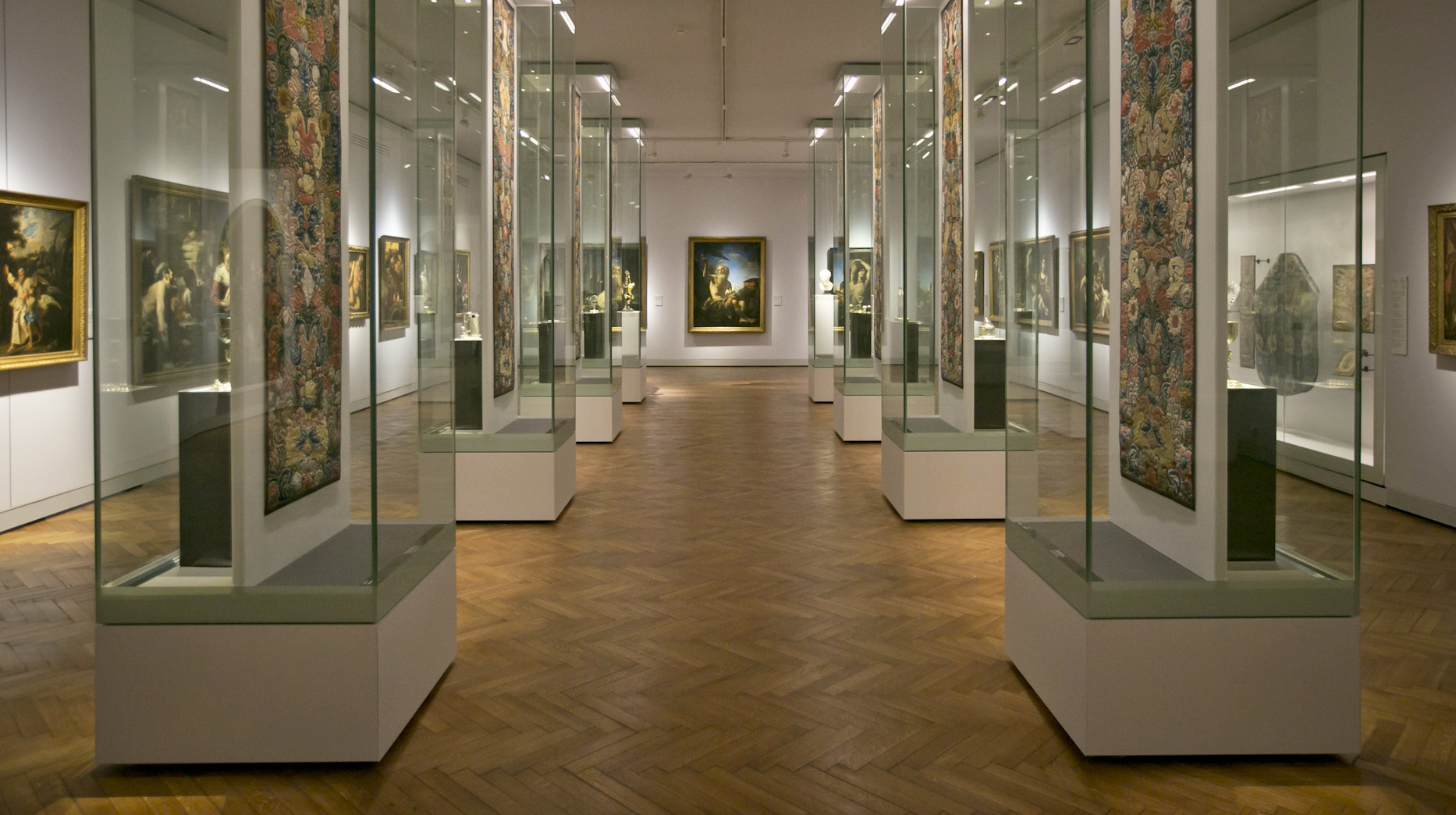
Farming Gallery

Farming Gallery
This gallery displays objects loosely related to the land and the animals used for ploughing etc. If you have any photographs of farming or agricultural equipment relating to Martham’s past that you would like to contribute to this gallery please contact me.
The smaller objects featured in this gallery were found over a 50 year period during many hundreds of hours of field walking.
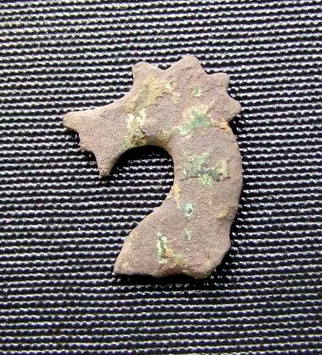
Saxon Ringerike style horse bridle cheekpiece. Cheekpieces are separate components of snaffle bits from bridles; they were used in pairs, one at each end of the bit.
Contributor A.
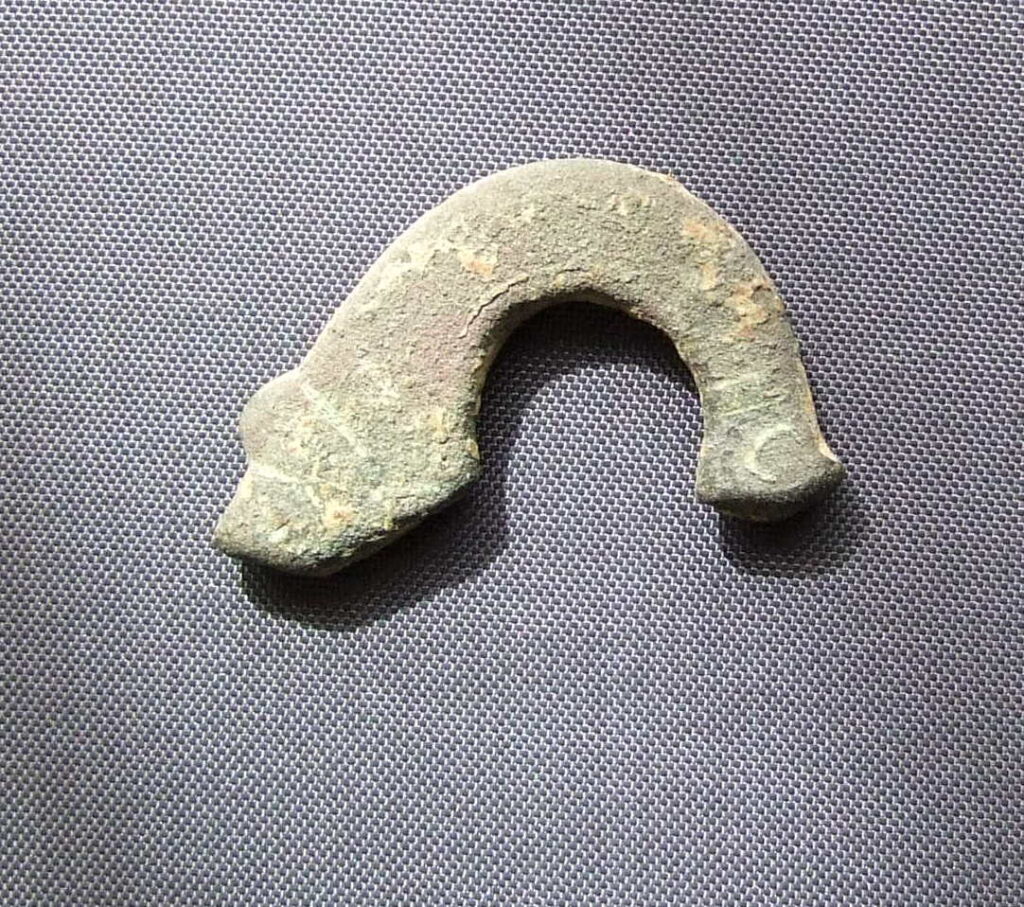
Another fragment of a late Saxon cheekpiece from a horse bridle. This example is very worn but shows a proportion of a curving arm broken at both ends, with the remains of an ear or mane. It is known as Ringerike decoration. It is 35 x 38mm and dates to the 11th century. The contributor is different from the first example but is also anonymous.
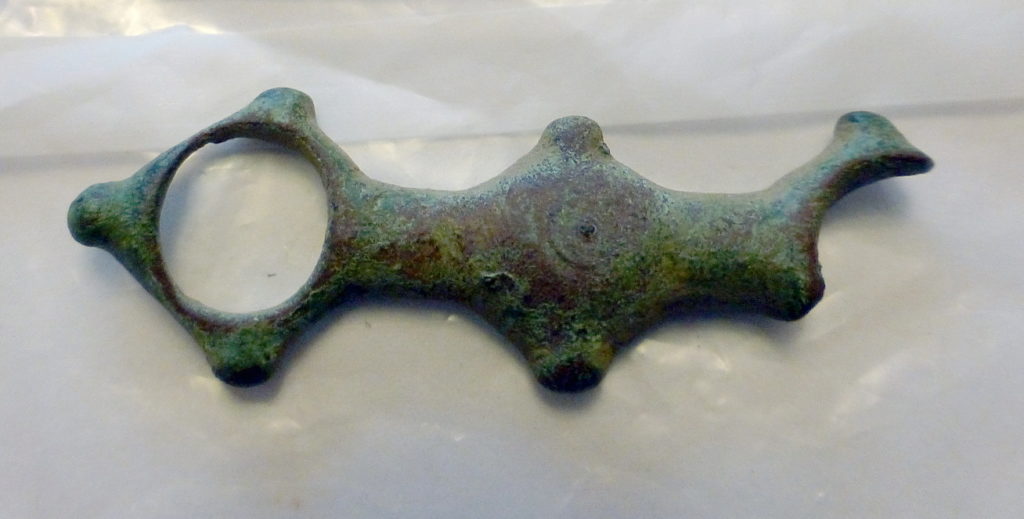
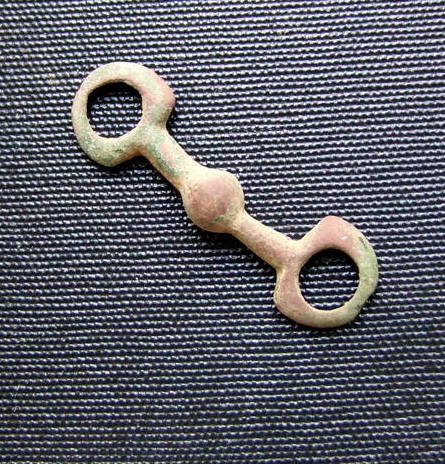
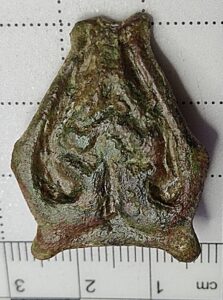
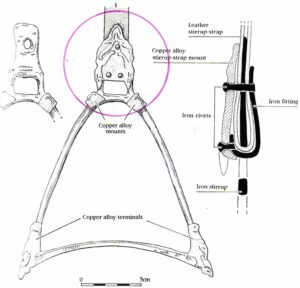
Found in the village in 2024, and another link to its Saxon origins, above is a late Saxon copper alloy stirrup strap mount dating to AD 1000-1100. It exhibits worn relief decoration in the form of two sinuous shaped beasts around the frame. The curving frame turns inwards and upwards, each scroll terminating in a gaping-mouthed beast, each with a lenticular eye. Two broken flanges project from the bottom edge and the upper single rivet hole has also broken – see drawing of complete example.
The contributor wishes to remain anonymous.
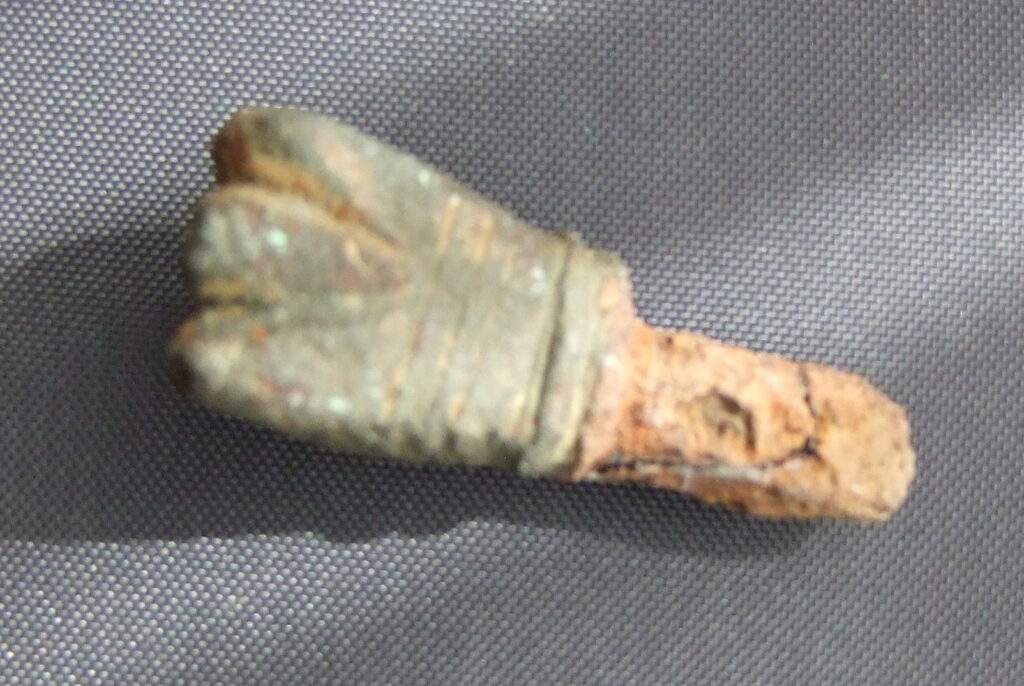
An unusual late Saxon/early Medieval stirrup terminal cast in the form of an angular splayed three-toed foot with a double collar around the mouth that contains a fragment of the side of the iron spur. It has rectangular perforations on the reverse. The toes are defined by two deep notches above which are four horizontal incised lines. There are four similar lines on one side of the terminal and a more deeply engraved border containing three oblique lines on the other side.
Contributor A.
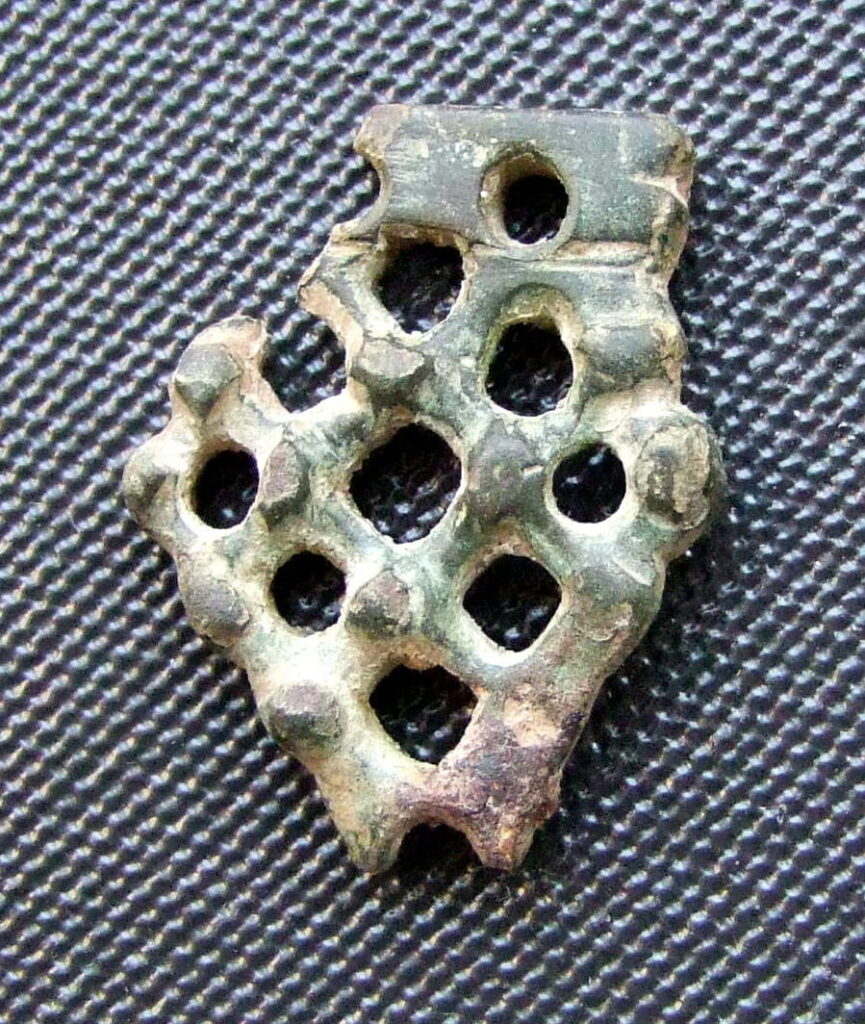
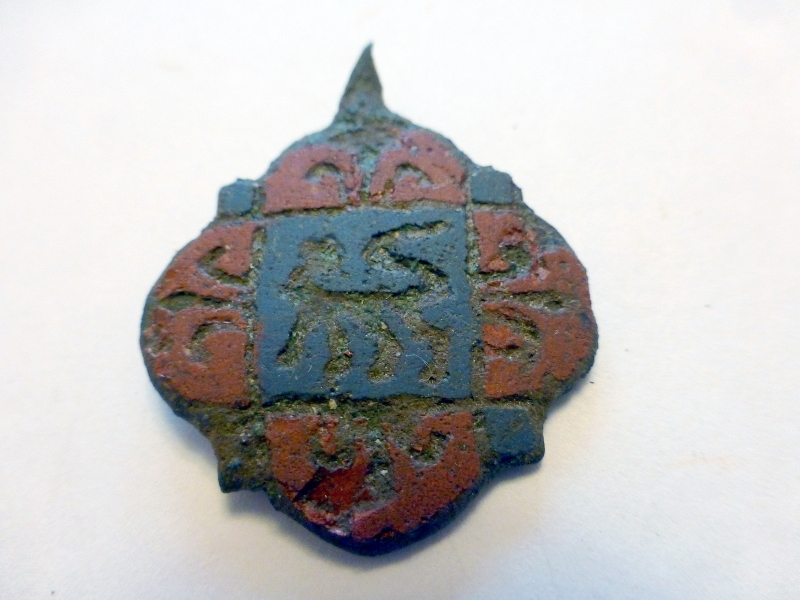
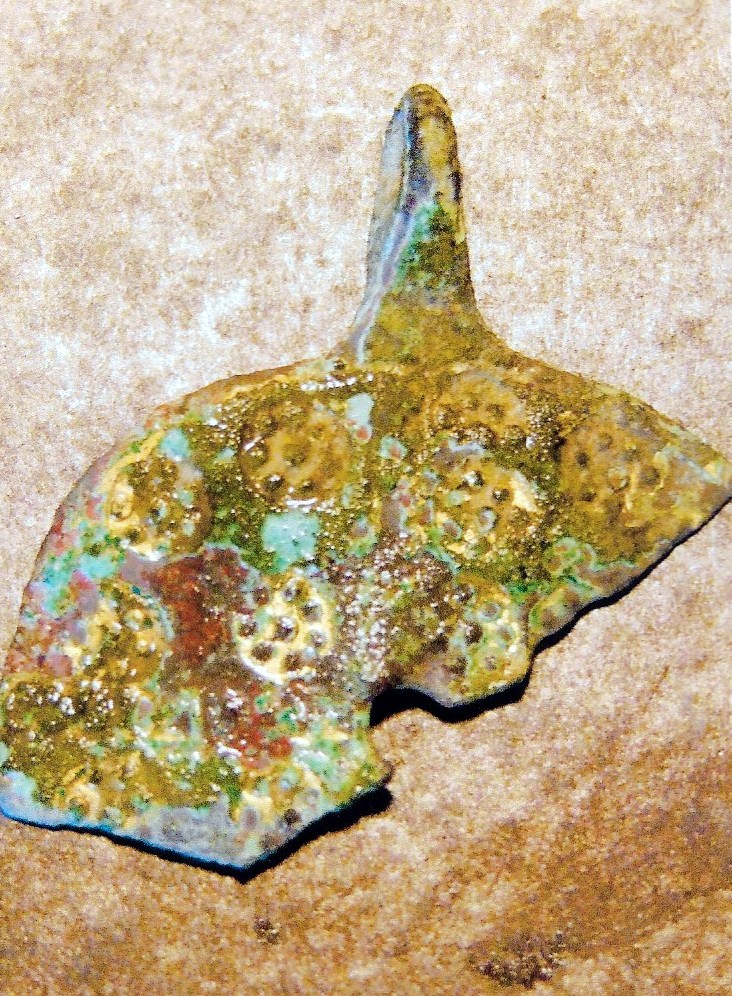
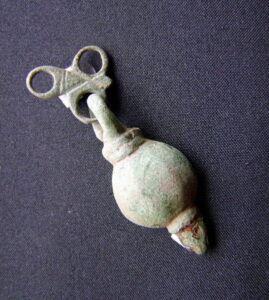
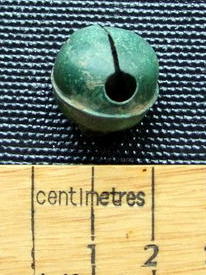

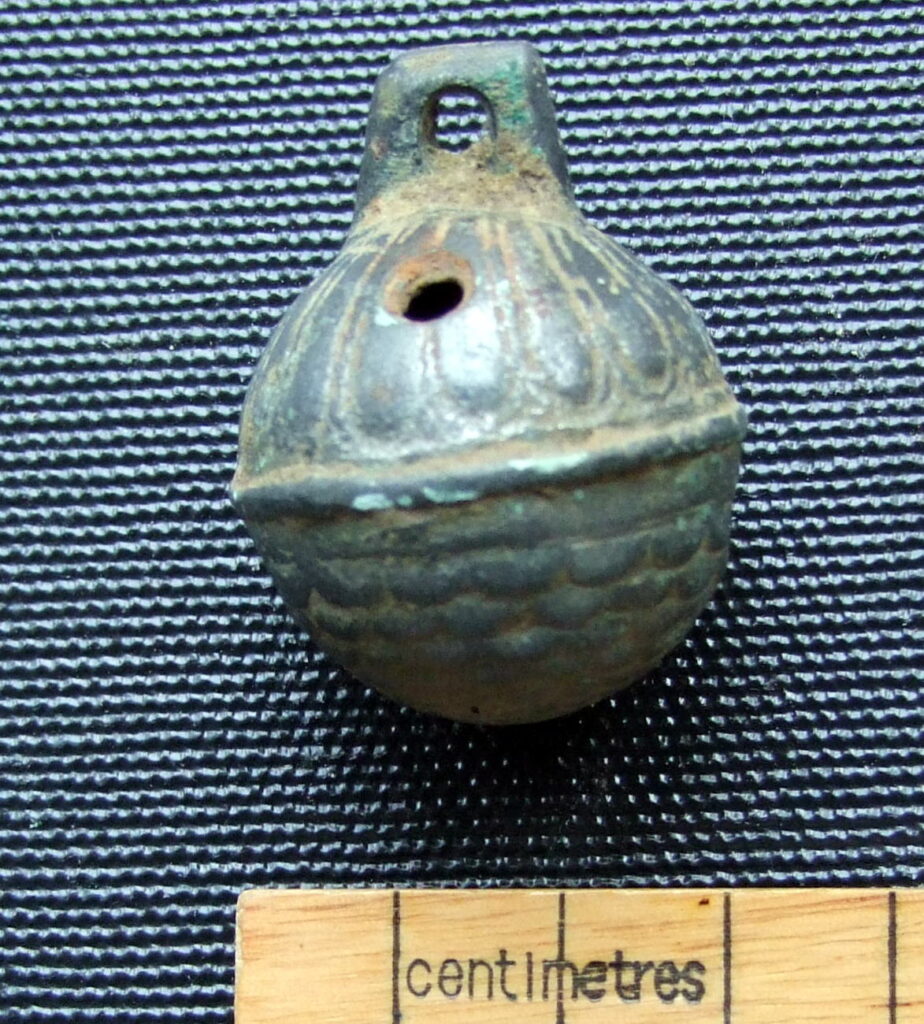

The earliest crotal bells found in England date to the beginning of the 13th century. They are of tin and were cast as open bells with an integral suspension loop and four ‘petals’ forming the lower body. Early medieval ones were made in two separate halves with a metal pea inside that rolls around and so makes it sound. They had a functional role on cattle and sheep as identification but also serve as decorative devices on horses throughout the ages and continue to be popular as harness embellishments to the present day.
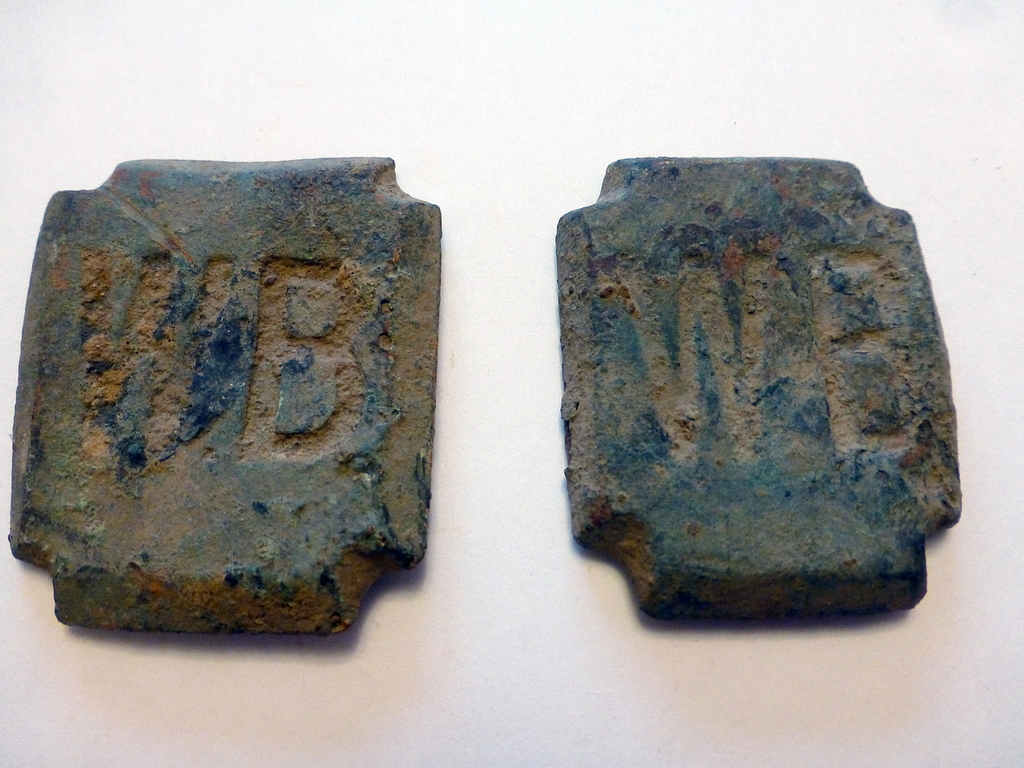

Horse harness mounts attributed to William Bracey & Son found in Martham by two different contributors.
Thomas Francis lived and farmed at Grange Farm, Cess from around 1770 until his death in 1837. He was regarded as being progressive during a period of agricultural change throughout England. He even designed and had made his own variation of a plough that had a lower mounted beam which he found more efficient on the loamy soil so common in Martham which did not need deep ploughing. He was familiar with this as he did much of the ploughing himself despite having labour available. His plough was based on the design shown below.
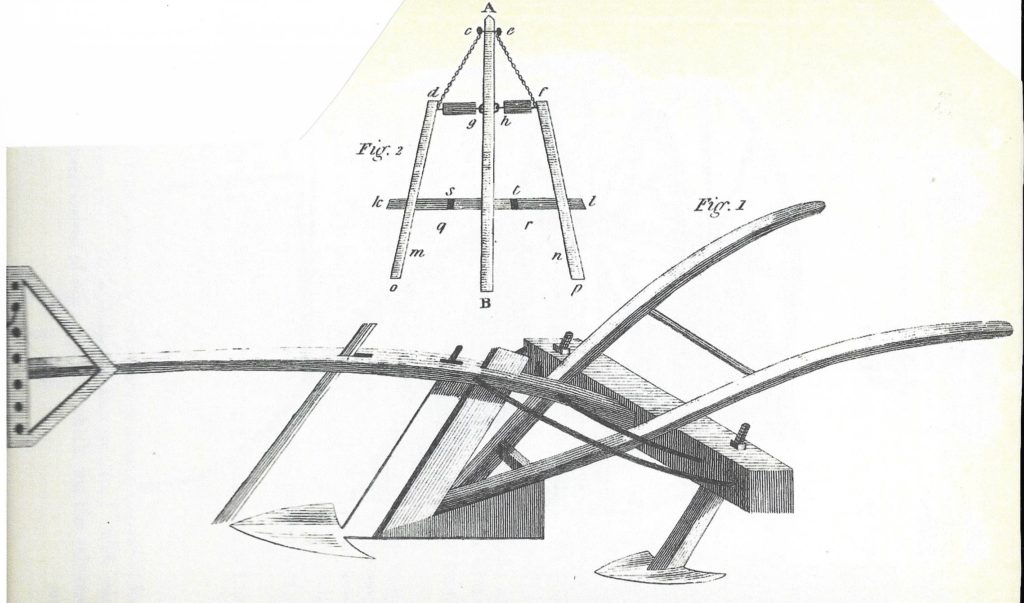
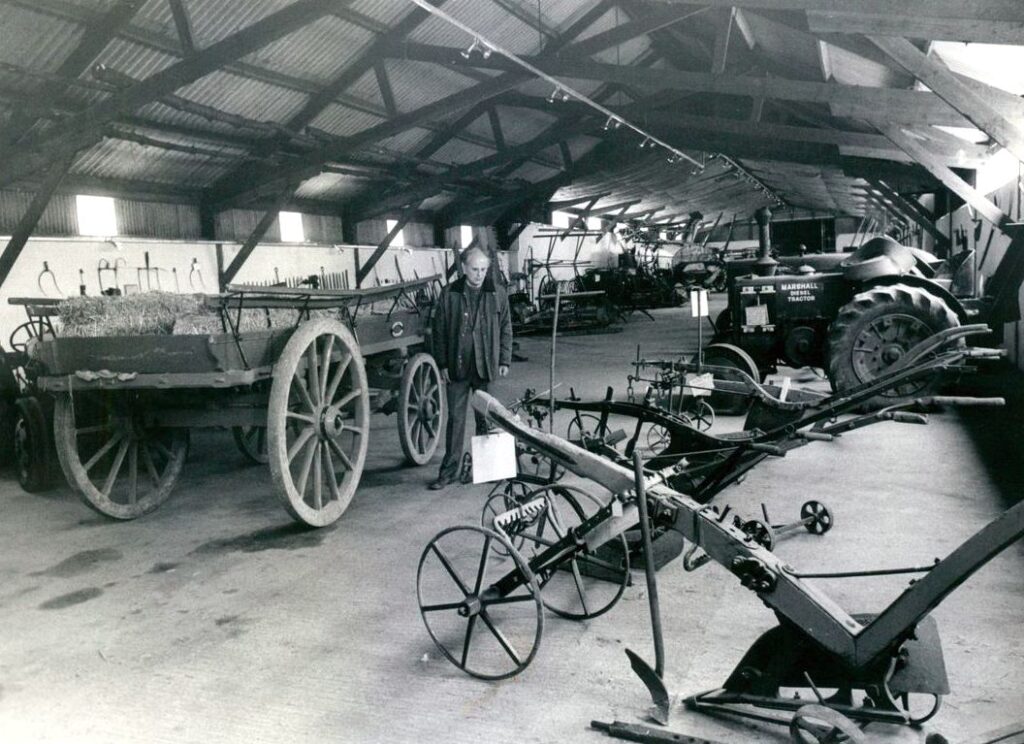
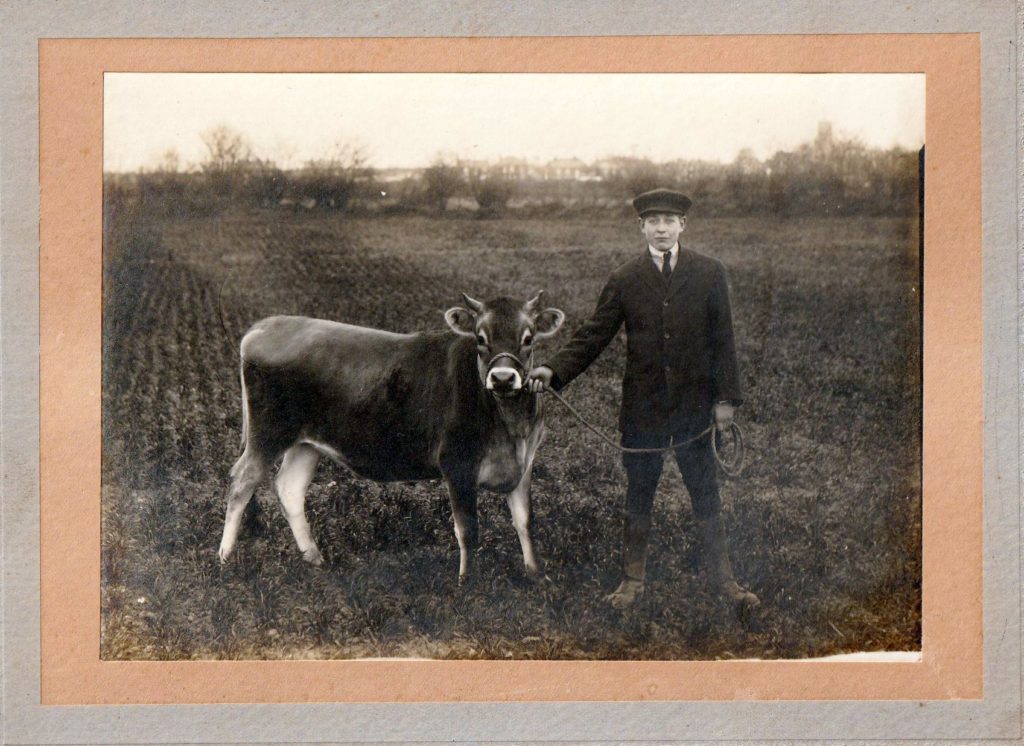
Robert Benjamin Futter was killed in action in France & Flanders on 15th September 1916. He was born in Martham in 1896 and is shown here with a bull on the family farm which is believed to have been on land at what is now the east end of Rowan Road.
Robert is commemorated on Thiepval Memorial, Somme, France. Pier and face 1c and 1d.
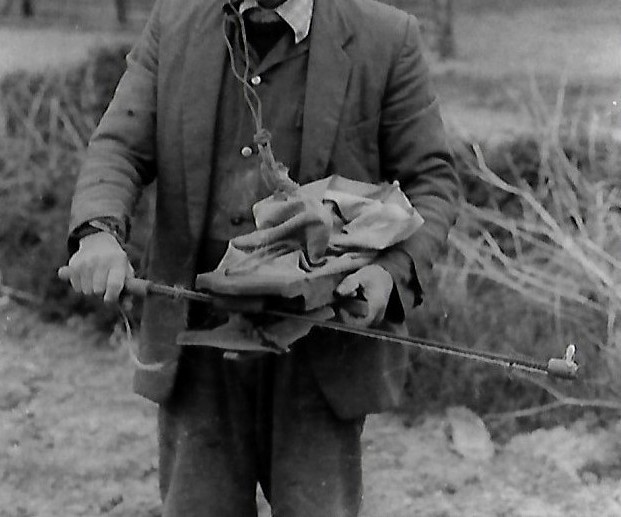
Fiddler drill used for sowing small seeds like mustard.
What has changed in farming at Martham over the last 120 odd years? The table below is based on the Board of Agriculture and Fisheries statistical returns for 1890, 1900 & 1910. It gives an insight into farming changes in the village during these 20 years. The biggest was the impact of William Bracey introducing soft fruit farming. In 1890 and 1910 none of the land in Martham was devoted to fruit farming but William changed all that and by 1905 he had already expanded into strawberry and raspberry growing and in 1908 he purchased the 156 acre Martham Estate based at Martham House. You can see from the table the impact it had with just over 429 acres of land used for fruit production in 1910.
Since 1910 one of the biggest changes had been mechanisation. The large number of horses in use at the turn of the 20th century has see them disappear nowadays. I have left a line on the table showing that there was no sugar beet grown back then but now it seems to be a major crop.
| Board of Agriculture - Parish Returns for Martham | |||
|---|---|---|---|
| 1890 | 1900 | 1910 | |
| No. of Aricultural Holdings | 61 | 64 | 62 |
| Acres | Acres | Acres | |
| Land owned under crop | 648.75 | 533.25 | 590* |
| Land rented under crop | 1824.5 | 1894.25 | 1717* |
| Corn Crops: | |||
| Wheat | 411.75 | 384 | 406 |
| Barley | 399 | 318 | 250.25 |
| Oats | 106.5 | 202.5 | 201 |
| Rye | 1 | 0 | 0 |
| Beans | 39.25 | 22 | 14 |
| Peas | 1.75 | 0.25 | 3 |
| Green Crops: | |||
| Potatoes | 12.75 | 22 | 27.5 |
| Turnips and swedes | 256.5 | 218.5 | 207.5 |
| Mangold | 167 | 155.75 | 169.75 |
| Cabbage | 1 | 3.75 | 2.25 |
| Vetches or Tares | 1.25 | 2.25 | 0.75 |
| Lucerne (Alfalfa) | 0 | 1 | 0.25 |
| Sugar Beet | 0 | 0 | 0 |
| Other green crops | 11 | 4.5 | 0.25 |
| Small fruit | 0 | 0 | 429.25 |
| Clover, Sainfoin & Grasses: | |||
| Used for mowing (hay) | 358.5 | ? | 337 |
| Used for grazing | 18 | 12 | 26.75 |
| Permanent Grass: | |||
| Used for mowing | 148 | 105.5 | 208.25 |
| Used for grazing | 520.75 | 582 | 339.25 |
| Livestock: | |||
| Horses and ponies | 193 | 178 | 188 |
| Cows and heifers | 545 | 378 | 308 |
| Sheep | 0 | 0 | 64 |
| Pigs | 448 | 391 | 546 |
| Orchards | 0.5 | 4.25 | 15.25 |
| * Estimated as question changed to range of acres, not actual. |